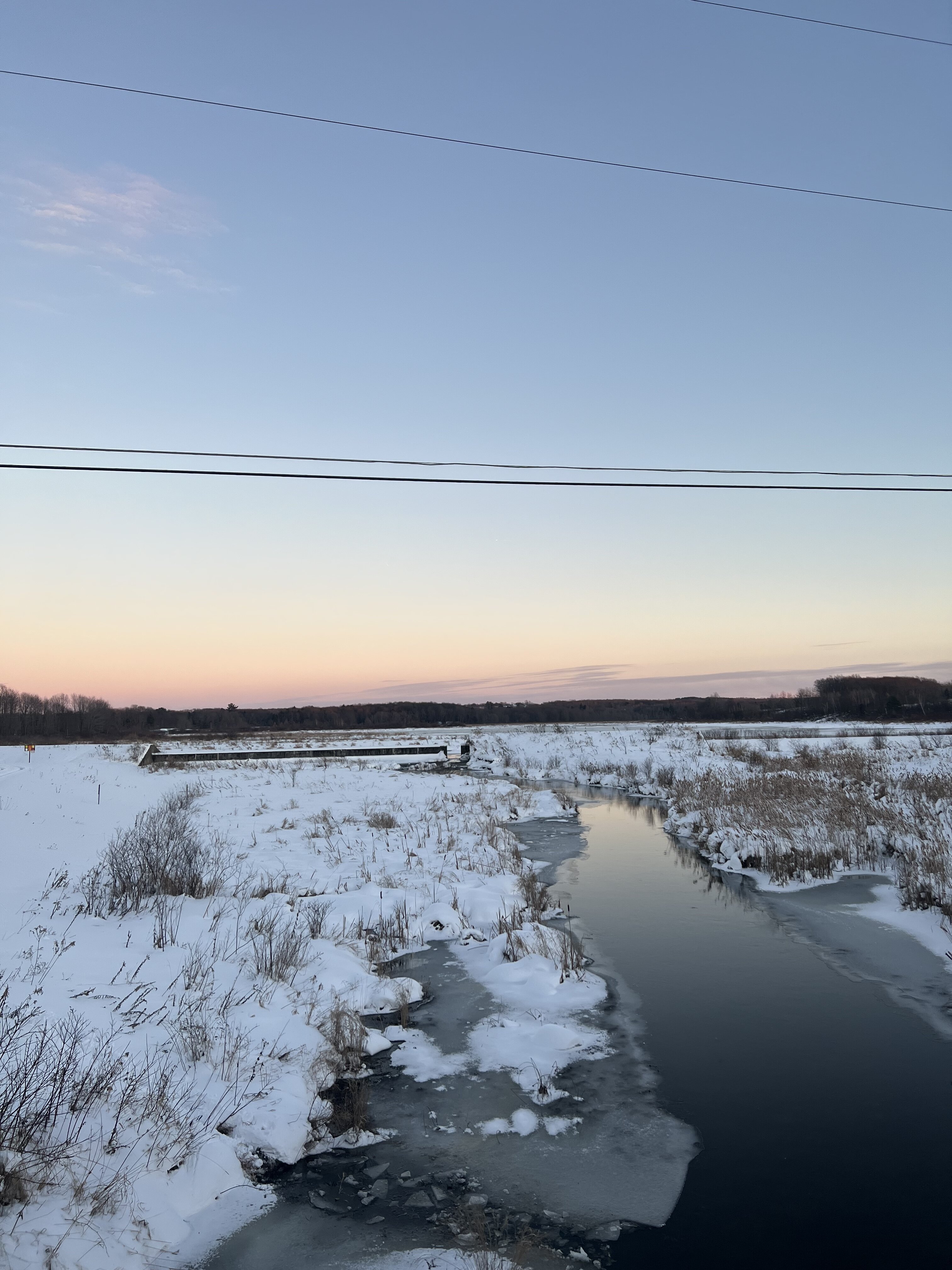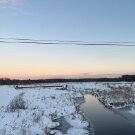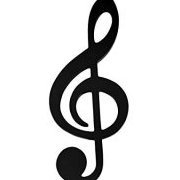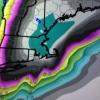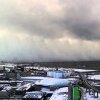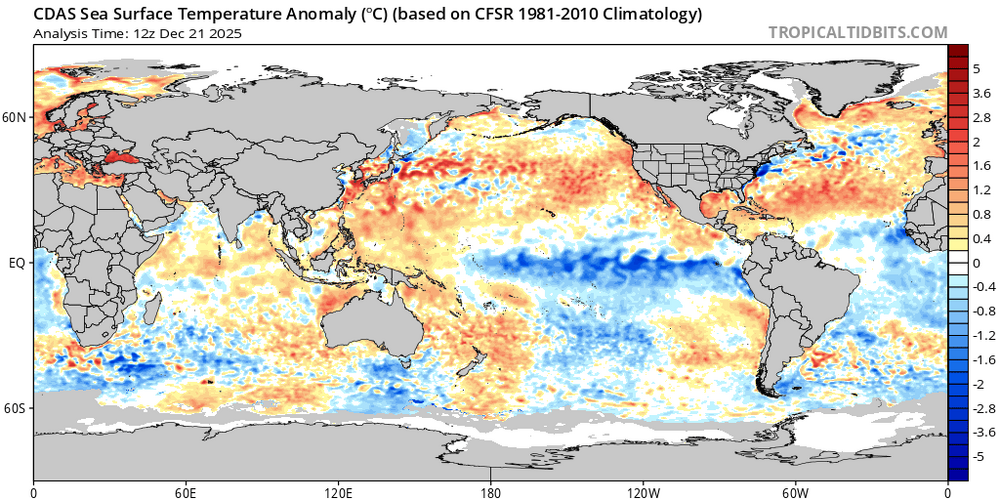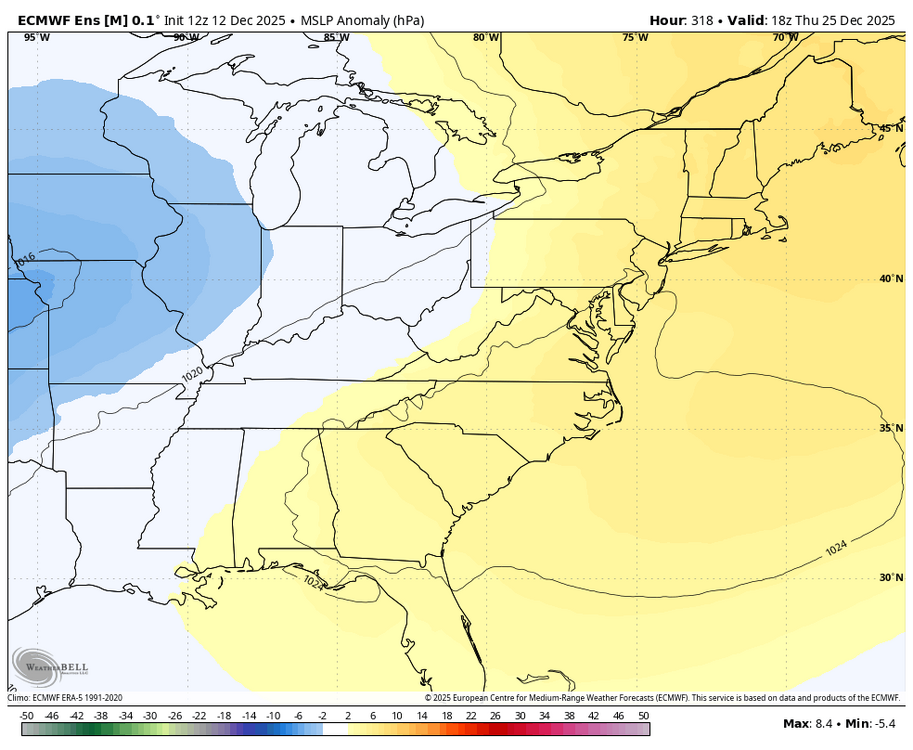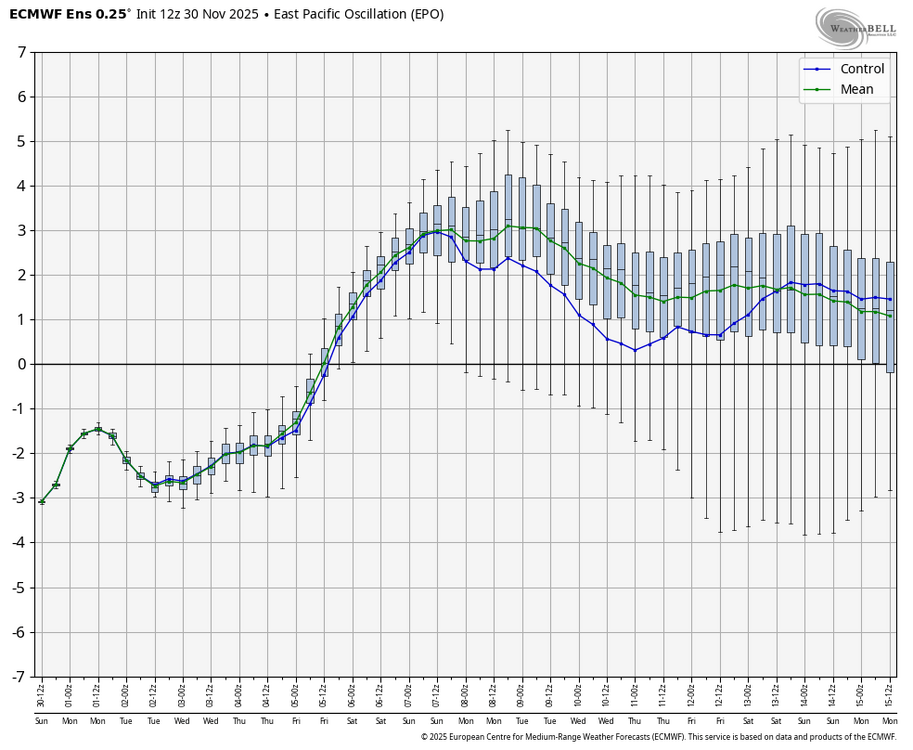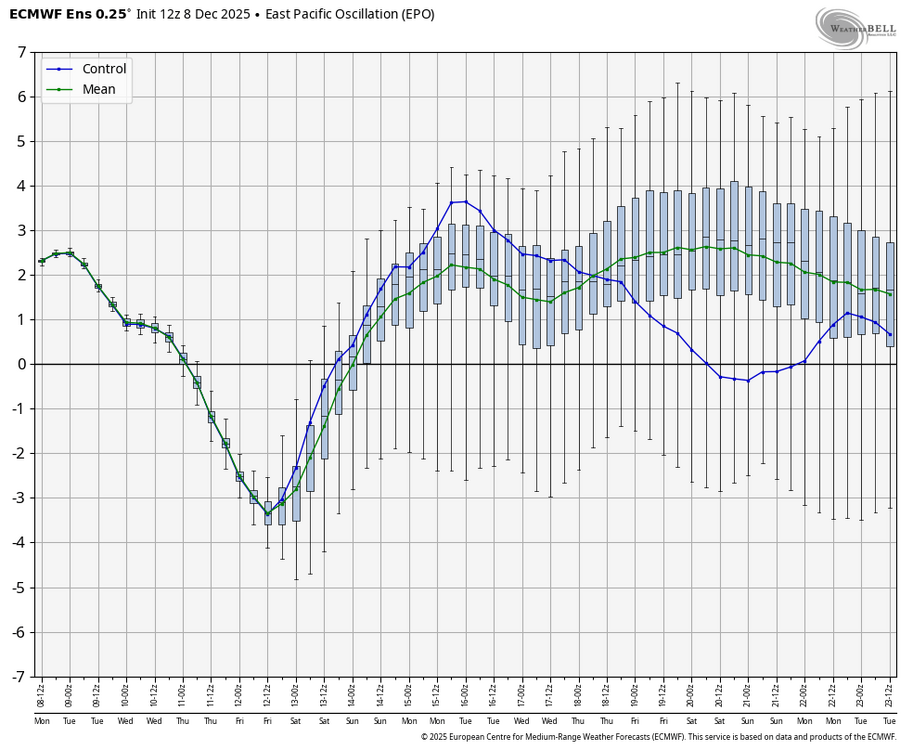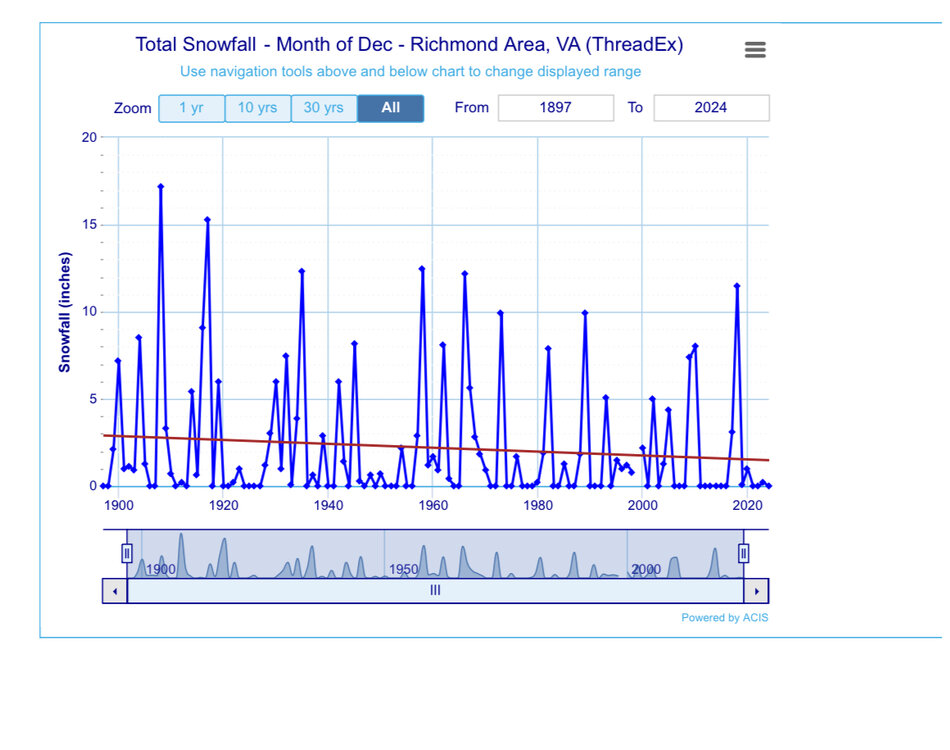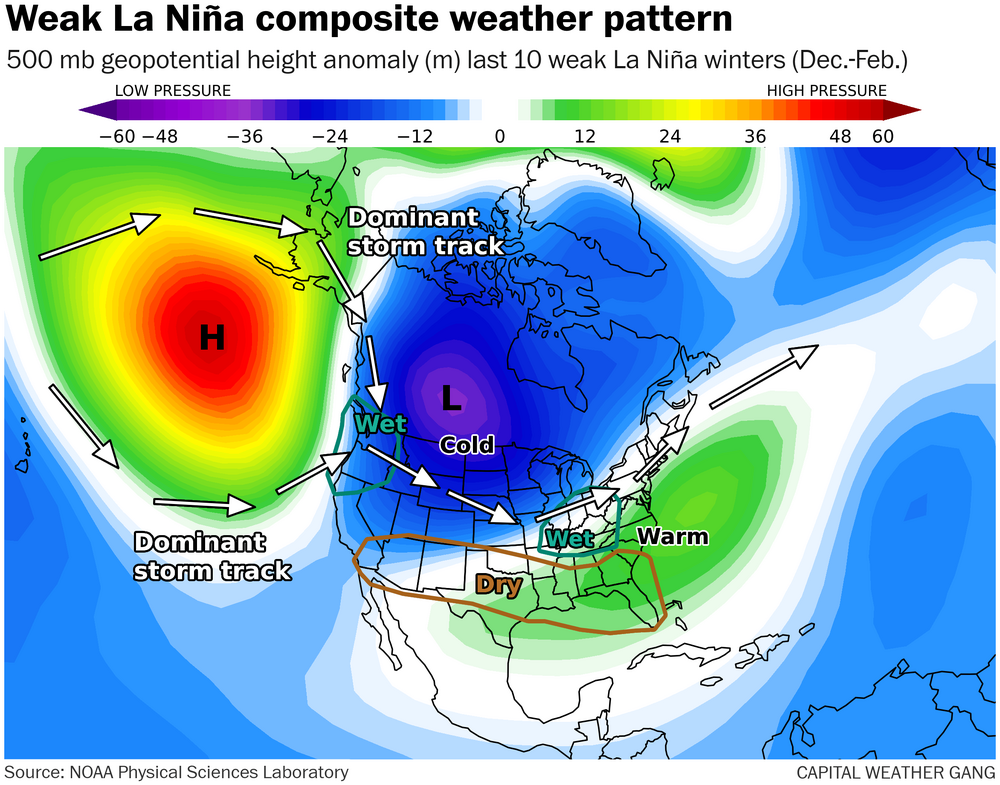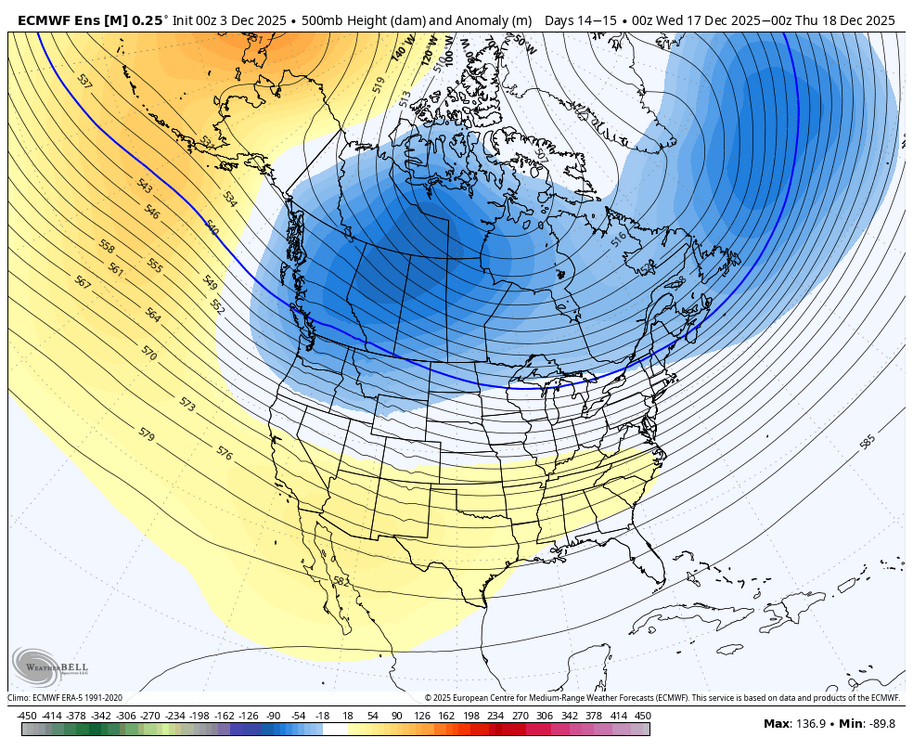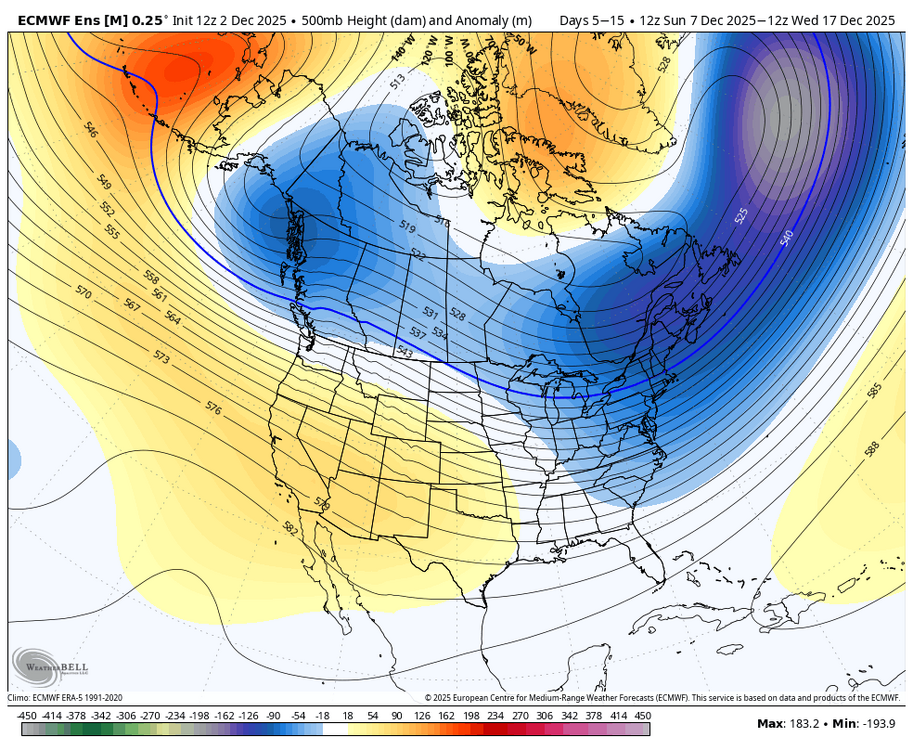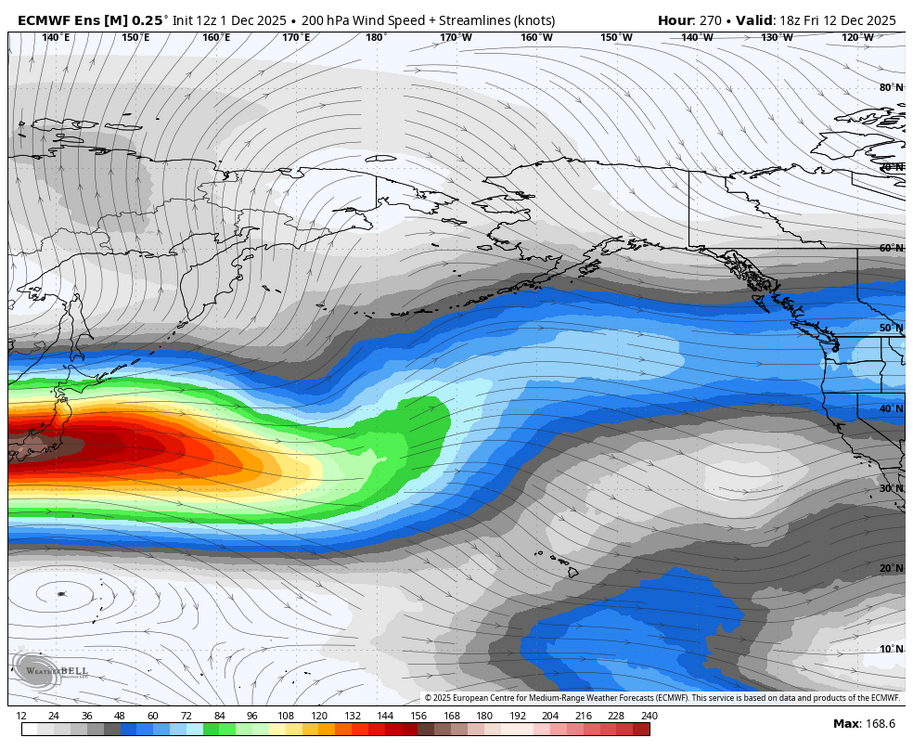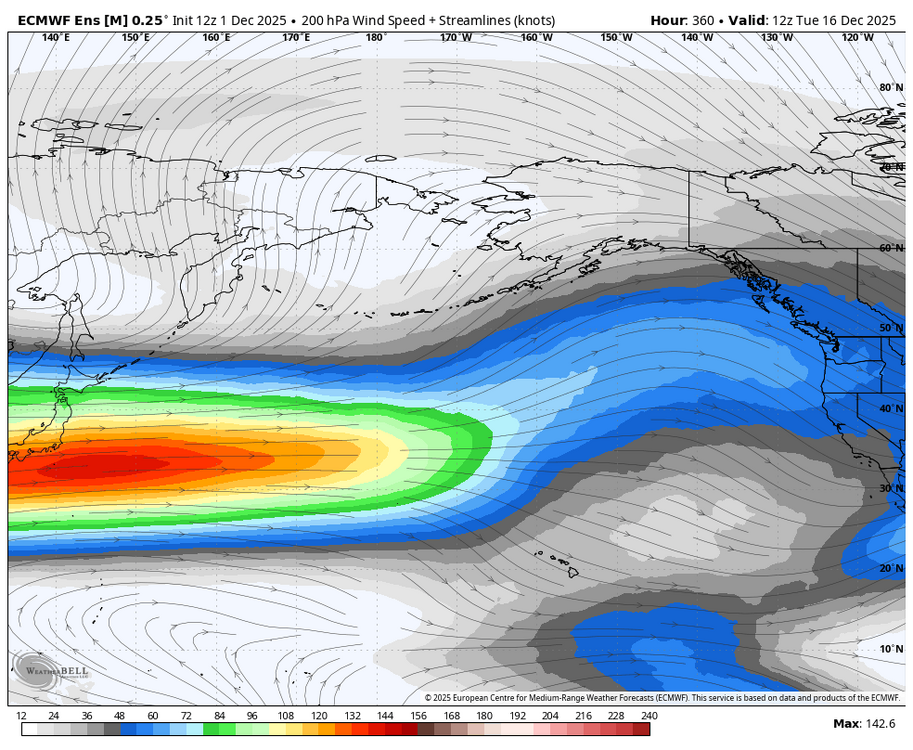-
Posts
967 -
Joined
-
Last visited
About LakePaste25

Profile Information
-
Four Letter Airport Code For Weather Obs (Such as KDCA)
KERI
-
Location:
Waterford, PA
Recent Profile Visitors
2,358 profile views
-
Something to watch out for. If this materializes, it would trigger a positive East Asian Mountain Torque (+EAMT), which would extend the pacific jet and help push that aleutian ridge eastward towards the west coast (+PNA).
-
Agreed and makes sense. February here i’m expecting canonical Nina, which is usually a mixed bag of 60+ degree torches, rain/ice/sleet/snow overrunning events as the SE ridge waxes and wanes. January colder and mostly snow.
-
Yeah i guess my question is why we need the warm pool to extend east this year and not last year. For feb it makes sense. What is different about this January vs. last January when we had a +PNA?
-
Yeah and he even states this earlier. I’m not necessarily trying to call him out for being wrong but i’d like to know what has changed and is giving us a more canonical Nina.
-
You’re asking the same questions as I am. I asked him directly as well. The warm pool looks similar to last year unless i’m midreading something. Maybe it’s because the Nina itself looks stronger this year.
-
It’s important to note however that Eric Webb was calling for a similar pattern as last year back in November (+TNH). His main caveat is that -PNA episodes would be more frequent this year. So far that is the case, and if @40/70 Benchmark is right, we could improve things by mid Jan. The phase 8 hype was clearly over the top and the MJO entering phase 8 (and then collapsing into repeated fast-moving KW’s) is what is about to give us this pattern. You’d almost want to see the MJO re-emerging over the MC in phases 4-6 to enhance the standing convection over the Indo-pacific warm pool, which would inject some more momentum into the pacific jet and help nudge things eastward.
-
It is also one of the coolest stations during summer heatwaves due to the overgrown tree canopy, so this cuts both ways.
-
Classic CAD setup which denies the coast of the torch. So despite it being warm just about everywhere else, we’ll constantly hear about how it’s “not a torch” because the most important cities in America will be cooler.
-
the warm pattern is coming As expected, the cold pattern that was in place this month is unlikely to finish with any significant I-95 snowstorms (there will be a light/moderate event this weekend). The H5 pattern on the ensemble mean left little room for little amplification, and the EPS snow mean was not supportive. It’s always important to lean into the pattern before hyping big snowstorms with every cold pattern.
-
Models have been placing the block too far west, which impacts how much it bleeds into the EPO domain. Take the 11th-14 for example. A week ago, the EPS had a positive EPO for this time period. Now, it has a deeply negative EPO.
-
-
those could be coming next fall from the same suspects LOL
-
The medium range appears to show a more canonical La Niña pattern than we’ve seen from previous La Niña winters this decade, with a ridge over the GOA, cold in interior western Canada spreading eastward through the Great Lakes. Recent La Niña winters have shown extreme displacement of the North Pacific ridge from what is the typical location, with 2022-2023 featuring the ridge very far west (over the Aleutians), resulting in extremely heavy seasonal snows in the Sierra Nevadas (La Nina is normally dry there). 2024-2025 featured the north pacific ridge displaced much further east than usual, resulting in very high +PNA values and is very atypical for La Niña. It’ll be interesting to see if we experience more extreme displacements of the typical La Niña pattern this coming decade.
-
I still do not see any pattern that supports major I-95 snow through mid december. Nothing will dig with this. You’re looking at light events/sliders. Still favors Great Lakes/Interior the most.
-
I think it’s a downstream consequence of re-establishing the equatorward pacific jet and rebuilding the -EPO.

